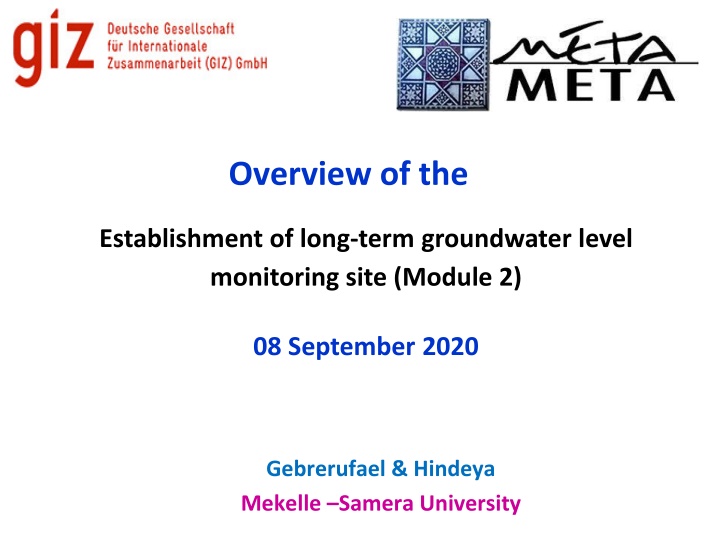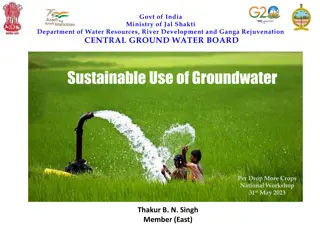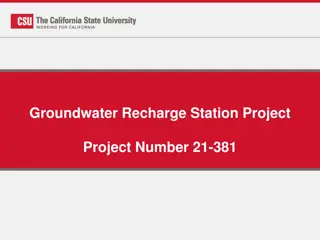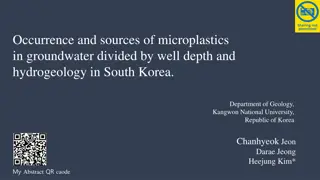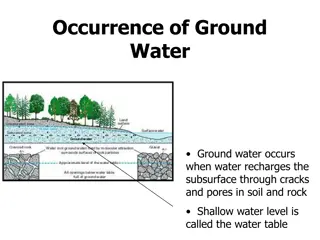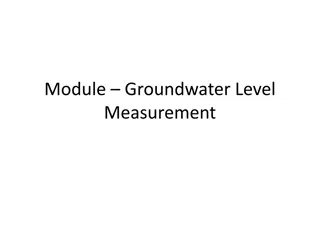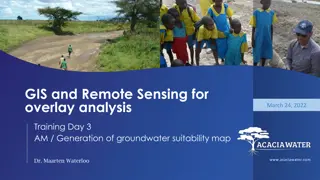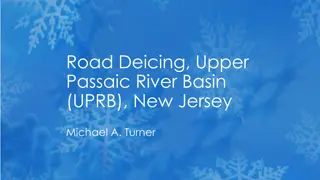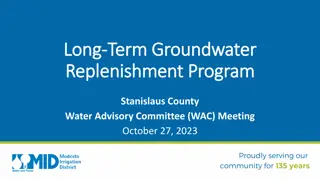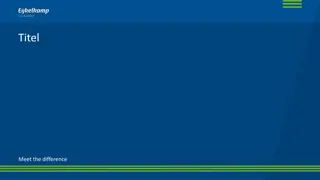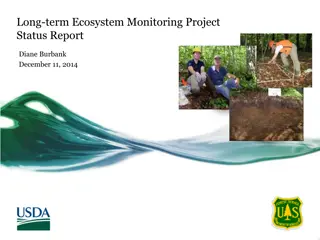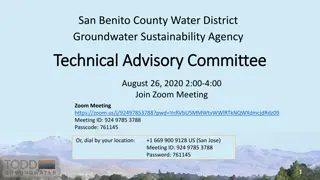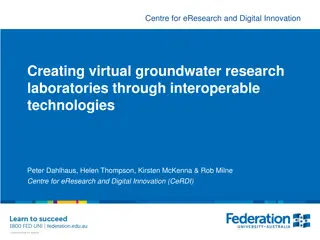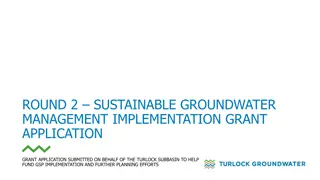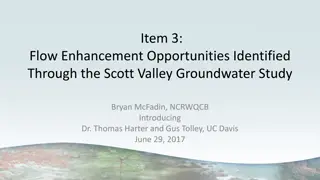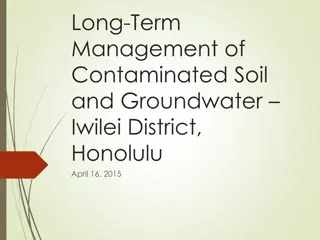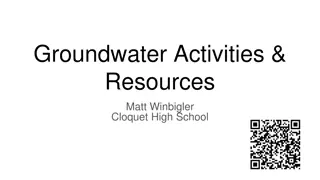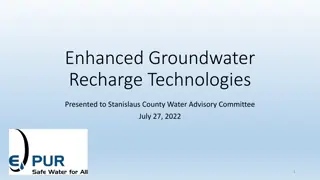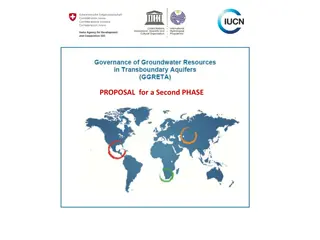Establishment of Long-Term Groundwater Level Monitoring Site
In Module 2 of the report dated 08 September 2020, the process of establishing a long-term groundwater level monitoring site in Mekelle, Samera University, is detailed. The content focuses on the methodology and setup involved in creating a sustainable monitoring system to track groundwater levels effectively over an extended period.
Download Presentation

Please find below an Image/Link to download the presentation.
The content on the website is provided AS IS for your information and personal use only. It may not be sold, licensed, or shared on other websites without obtaining consent from the author.If you encounter any issues during the download, it is possible that the publisher has removed the file from their server.
You are allowed to download the files provided on this website for personal or commercial use, subject to the condition that they are used lawfully. All files are the property of their respective owners.
The content on the website is provided AS IS for your information and personal use only. It may not be sold, licensed, or shared on other websites without obtaining consent from the author.
E N D
Presentation Transcript
Overview of the Establishment of long-term groundwater level monitoring site (Module 2) 08 September 2020 Gebrerufael & Hindeya Mekelle Samera University
1 Objectives To establish long term groundwater level monitoring site to evaluate WSW role on groundwater recharge. to assess the performance of the WSW for long-term operation 2 Deliverables Calibrated WetSpass model in collaboration with module 1 team A standard report indicating the activities and results Established long-term monitoring site for groundwater level 2
3. Questions How are the water spreading weirs affecting the groundwater recharge? How is the deposited sediment in the vicinity of the WSW affect the groundwater recharge? What is the magnitude of the groundwater level fluctuation during no flood and flood season? 3
4. Approach/Methodology Proposed methodologies/activities The first and best option hydrogeological and geophysical study to select observation well sites determine drilling method (Manual or Machine) and recruiting drilling crew Set up and implement long term groundwater level monitoring site Optimal Methodology under COVID 19 travel restrictions Set up distributed water balance WetSpass model (AET, Runoff, Recharge) data collection and input preparations Setup and calibrate the model 4
How supervision and quality control will be maintained? Data collection will be done via local partners based on checklist prepared by the Mekelle and Samara University focal persons under close supervision Data quality check will be done via regular communication and data sharing 5
Data requirement for the modeling Soil map ( if exist , unless taking soil samples for texture analysis to verify FAO soil map ) Topography Slope( from DEM) Land use (Summer and winter) image classification Temperature (summer and winter) near by stations Precipitation ( summer and winter) near by stations Wind speed (summer and winter) nearby stations PET (Summer and Winter) from CROPWAT Groundwater depth ( summer and winter) from near by drilled 6 borehole
3 Study site Proposed study site for detail investigation is at Gulina criteria for selection groundwater monitoring site Shallow water table depth (18-20 meters from ground) Favorable topography and availability of water bearing formation Potential for recharging flood Workability and practicality for drilling activity based on this Golina is selected for detail investigation 7
Analysis Preparation of input thematic layers ( time consuming) Meteorological data Land-use/land cover Soil texture Groundwater depth( static water level during drilling) Topography and slope Impute quality matters for the modeling result 8
Overview of WetSpass WetSpass is an acronym for Water and Energy Transfer between Soil, Plants and Atmosphere under quasi Steady State Inputs for the WetSpass Grid files Soil Topography Slope Landuse(Summer and winter) Temperature(summer and winter) Tables(dbf) -Soil parameter -Runoff coefficient -Landuse parameter(summer and winter) WetSpass output Precipitation( summer and winter) PET(Summer and Winter) Wind speed (summer and winter) Groundwater depth( summer and winter)
THANK YOU!!!! FSW in Afar, Ethiopia (GIZ SDR ASAL)
